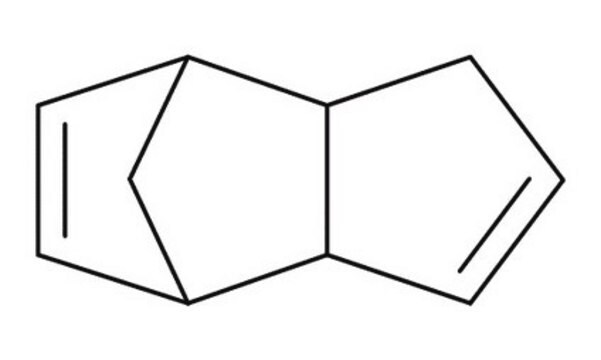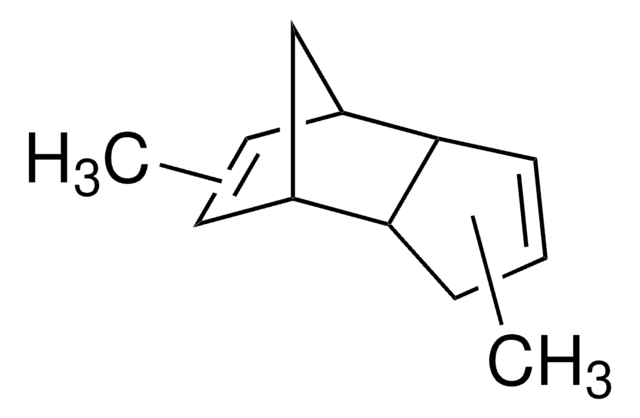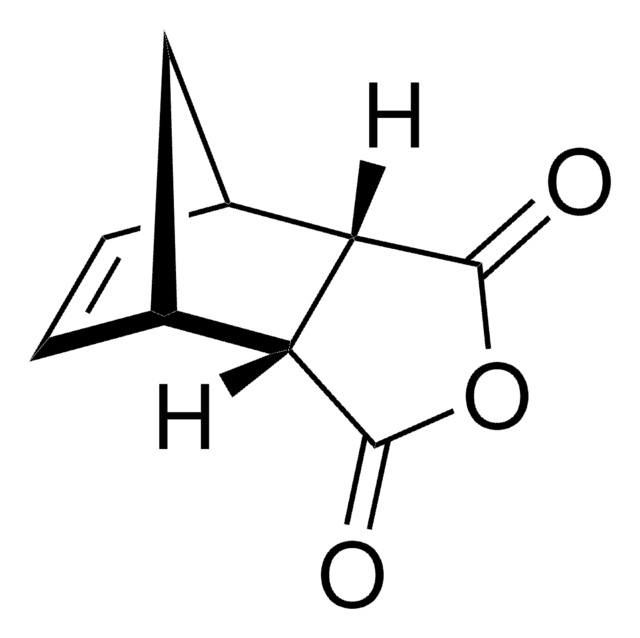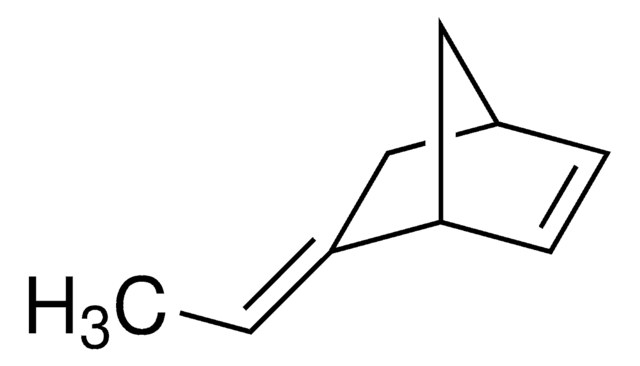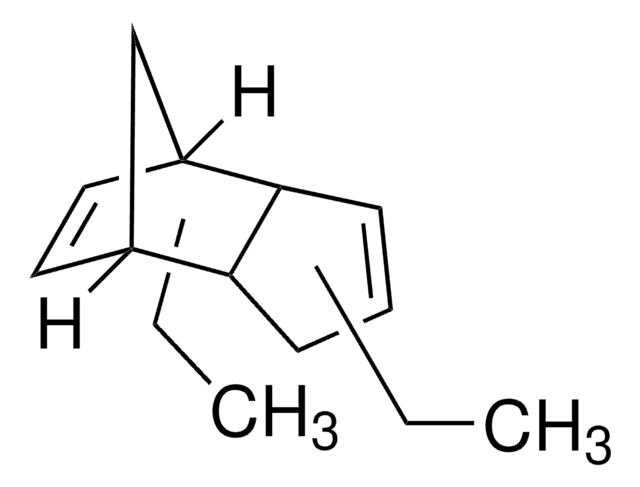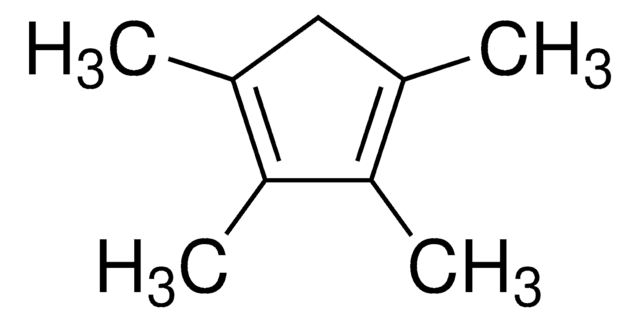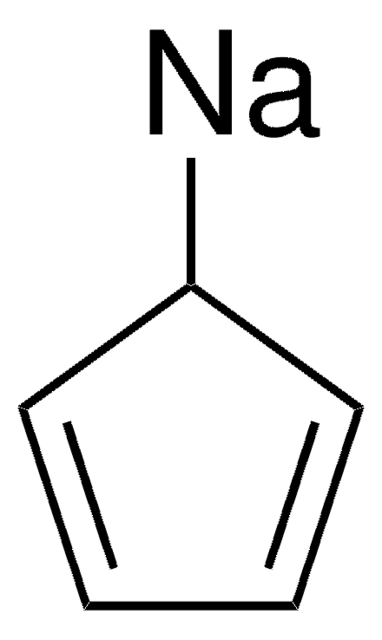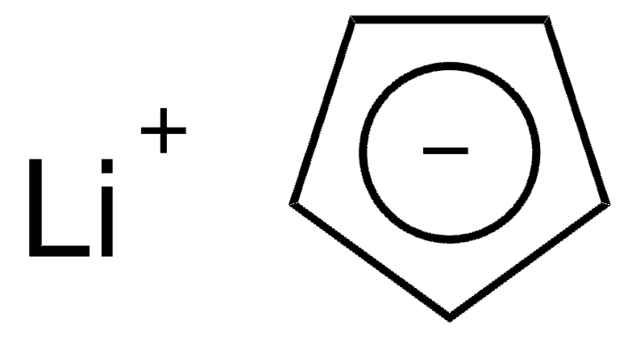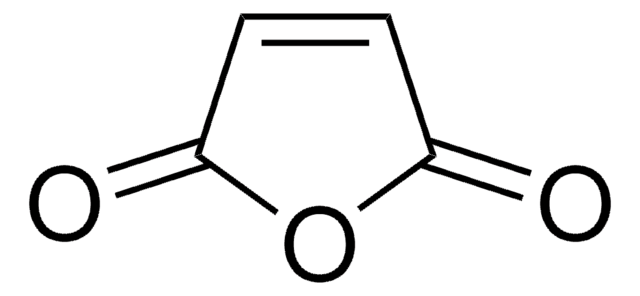454338
Dicyclopentadiene
contains BHT as stabilizer
Synonym(s):
4,7-Methano-3a,4,7,7a-tetrahydroindene, Cyclopentadiene dimer, DCPD
About This Item
Recommended Products
Assay
≥96.0%
Quality Level
form
liquid
contains
BHT as stabilizer
bp
170 °C ((lit.))
170 °C (lit.)
mp
33 °C ((lit.))
33 °C (lit.)
solubility
water: slightly soluble 0.02 g/L at 25 °C
density
0.986 g/mL at 25 °C ((lit.))
0.986 g/mL at 25 °C (lit.)
SMILES string
C1C=CC2C3CC(C=C3)C12
InChI
[1S/C10H12/c1-2-9-7-4-5-8(6-7)10(9)3-1/h1-2,4-5,7-10H,3,6H2/t7-,8+,9?,10?/m0/s1]
1S/C10H12/c1-2-9-7-4-5-8(6-7)10(9)3-1/h1-2,4-5,7-10H,3,6H2/t7-,8+,9?,10?/m0/s1
InChI key
[HECLRDQVFMWTQS-AFWXGSBKSA-N]
HECLRDQVFMWTQS-AFWXGSBKSA-N
Looking for similar products? Visit Product Comparison Guide
Related Categories
General description
Application
- In the preparation of CF/p-DCPD ((carbon fiber/ poly-dicyclopentadiene) composites by VARTM (vacuum-assisted resin transfer molding) process.
- In the preparation of η5-cyclopentadienyltris(dimethylamido)zirconium catalyst.
- In the synthesis of cellulose – maleic anhydride– dicyclopentadiene copolymer matrix by free radical polymerization.
Features and Benefits
- Low shrinkage
- Cost-effective
- Reduced emissions of styrene
- Fast curing in thin layers.
Signal Word
Danger
Hazard Statements
Precautionary Statements
Hazard Classifications
Acute Tox. 2 Inhalation - Acute Tox. 4 Oral - Aquatic Acute 1 - Aquatic Chronic 1 - Eye Irrit. 2 - Flam. Liq. 3 - Skin Irrit. 2 - STOT SE 3
Target Organs
Respiratory system
Storage Class Code
3 - Flammable liquids
WGK
WGK 3
Flash Point(F)
89.6 °F - closed cup
Flash Point(C)
32 °C - closed cup
Personal Protective Equipment
Choose from one of the most recent versions:
Already Own This Product?
Find documentation for the products that you have recently purchased in the Document Library.
Customers Also Viewed
Articles
The substantial rise in global population has triggered a significant surge in the demand for energy worldwide, amplifying the need for renewable energy sources and improved energy storage. Molecular thermal energy storage (MOST) is a promising, highly controlled technique for solar energy harvesting and storage.
Global Trade Item Number
| SKU | GTIN |
|---|---|
| 454338-1KG | 4061837323928 |
| 454338-500G | 4061832340449 |
| 454338-100G | 4061832340425 |
| 454338-2.5KG | 4061832340432 |
Our team of scientists has experience in all areas of research including Life Science, Material Science, Chemical Synthesis, Chromatography, Analytical and many others.
Contact Technical Service